Batch Sample – Take a batch sample as indicated in the applicable material specification. In the absence of such a specification, take at random the rolls or pieces that constitute the sample lot.
Cut at least one lab swatch the full width of the fabric and 1 m (1 yd) along the selvage.
Test Specimens: From each laboratory sample, take five warp (machine) direction and eight weft (transverse) direction specimens (if tested) for each test condition.
Note: (It is recognized that in practice, materials are often not weighed to determine when moisture equilibrium has been reached. While conditioning for a fixed time cannot be accepted in disputed cases, it may suffice in testing. routinely expose material to the standard atmosphere for testing textiles for a reasonable period of time before testing samples.)
Cut each test piece 100 6 1 mm (4 6 0.05 in.) wide by at least 150 mm (6 in.) long (Note 7) with the long dimension parallel to the direction of testing and application of the force.
Draw a line on the test piece that is parallel to the long direction (and along a piece of woven cloth) and located 37 ± 1 mm (1.5 ± 0.02 in.) from the edge of one side of the test piece.

